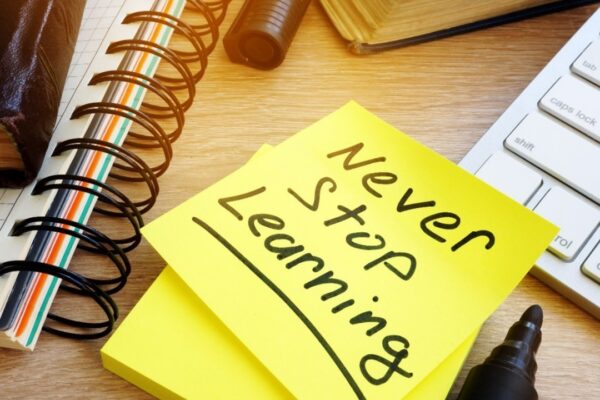In an educational landscape that is constantly evolving to meet the needs of a dynamic world, problem-based learning (PBL) stands out as a progressive approach that effectively bridges the gap between theoretical knowledge and practical application. This pedagogical strategy, rooted in addressing real-world problems, prepares students not just academically, but also for the challenges and complexities of the real world. This blog from Alice Chang, PhD, explores how PBL equips students with essential skills and experiences, making them ready for their future careers and life outside the classroom.
The Essence of Problem-Based Learning
Problem-based learning is a student-centered approach where learners are engaged in solving open-ended problems, mirroring real-life scenarios. This method encourages investigation and problem-solving skills, fostering both independent and collaborative learning. In PBL, the teacher acts as a facilitator, guiding students in their exploratory journey.
Bridging the Gap Between Theory and Practice
- Application of Knowledge in Real-World Scenarios
• PBL allows students to apply theoretical knowledge to practical situations. This process helps them understand the relevance and utility of what they learn in the classroom, enhancing their ability to transfer skills and knowledge to different contexts. - Development of Critical Thinking and Problem-Solving Skills
• By tackling complex, real-world problems, students enhance their critical thinking and problem-solving abilities. These skills are crucial in almost every career path and are highly valued in today’s job market. - Fostering Collaboration and Communication
• PBL often involves teamwork, reflecting the collaborative nature of most modern workplaces. It helps students develop strong communication and interpersonal skills, essential for effective teamwork in professional environments. - Cultivating Self-Directed Learning and Adaptability
• In a PBL setting, students learn to take initiative and direct their own learning process. This autonomy builds adaptability and the ability to manage and direct one’s own learning and work — crucial skills in a rapidly changing world. - Encouraging Innovative and Creative Thinking
• PBL challenges students to think creatively and come up with innovative solutions. This fosters a mindset that values innovation, an essential trait in many fields, especially in industries that are constantly evolving. - Exposure to Diverse Perspectives and Global Awareness
• Many PBL projects incorporate global issues or diverse perspectives, helping students develop a broader understanding of the world. This exposure is key in preparing them for the increasingly globalized nature of the modern workforce.
Real-World Success Stories of PBL
Numerous instances demonstrate the effectiveness of PBL in preparing students for real-world challenges:
- Case Studies in Medical Education**: In medical schools, PBL has been widely adopted, where students work through patient cases, developing diagnostic and clinical skills directly applicable to healthcare settings.
- Business and Entrepreneurship Projects: Business students engaged in PBL tackle real business challenges, often working with actual companies. This experience provides them with a firsthand understanding of business operations and entrepreneurship.
- Engineering and Design Challenges: Engineering students participating in PBL projects often work on designing and building solutions to real-world engineering problems, providing them with practical experience and a portfolio of work to show future employers.
Implementing PBL in the Classroom
To effectively implement PBL, educators should:
- Create Realistic and Relevant Problems: Design problems that are relevant to students’ lives and future careers, making the learning experience more engaging and meaningful.
- Facilitate Rather Than Instruct: Act as a guide and mentor, helping students navigate their learning journey rather than providing direct instruction.
- Encourage Reflection: Incorporate reflective practices into PBL to help students internalize what they have learned and understand how it applies to real-world situations.
Challenges and Considerations
While PBL offers numerous benefits, it also comes with challenges:
- Resource and Time Intensive: PBL can require significant resources and time, both for preparation and implementation.
- Assessment: Measuring student performance in a PBL setup can be challenging, as traditional testing may not adequately reflect the skills and knowledge gained through PBL.
Problem-based learning is more than an educational approach; it’s a bridge connecting academic theory with practical application. By immersing students in real-world problems and encouraging them to develop practical solutions, PBL prepares them not just for academic success but for life beyond the classroom. It fosters critical skills like problem-solving, creativity, and collaboration, making students ready for the challenges of the modern world. As education continues to evolve, PBL stands as a testament to the power of learning methodologies that are deeply rooted in real-world application and experience.
